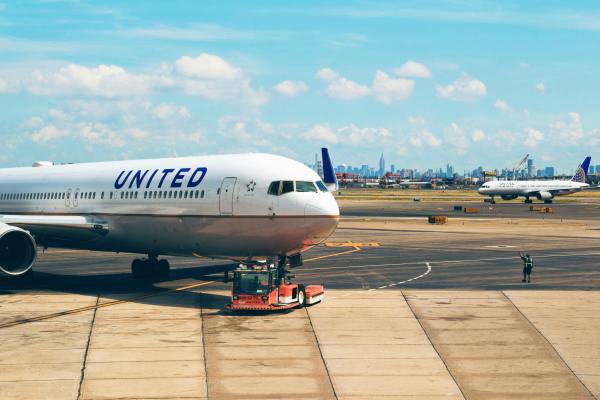Boeing Workers Strike: A Potential Ripple Effect on Air Travel and Defense Programs

The Boeing workers’ strike, which began on September 13, 2024, has quickly garnered attention, not just for its immediate impact on production but also for the long-term consequences it could have on both commercial aviation and military contracts. With over 30,000 Boeing machinists walking off the job in Washington and Oregon, the aviation industry and defense sectors are bracing for potential disruptions.
The machinists, represented by the International Association of Machinists and Aerospace Workers, are demanding better benefits and higher wages after rejecting a proposed labor contract. The strike affects some of Boeing’s most critical production facilities, including those responsible for manufacturing commercial aircraft such as the 737 MAX, as well as military planes like the KC-46 tanker and P-8 maritime patrol aircraft (Decker, 2024).
For Boeing, this labor disruption comes at a particularly precarious time. The company has been grappling with production delays, quality control issues, and financial challenges, including nearly a billion dollars in losses from its defense division in the last quarter (Decker, 2024). The strike further complicates Boeing’s ability to meet both commercial and military obligations.
The strike’s most immediate effect is being felt in the commercial aviation industry. Airlines such as Southwest, United, and Alaska Airlines, which rely heavily on Boeing planes, are closely monitoring the situation. While Southwest has stated that its operations are unlikely to be affected in the short term due to preemptive steps taken earlier this year, there are growing concerns that if the strike drags on, it could disrupt deliveries of new aircraft (Wile, 2024).
This could become particularly problematic as airlines prepare for the peak summer travel season next year. According to industry experts, should Boeing be unable to meet its delivery schedules, airlines may find themselves with fewer planes available to accommodate demand, potentially leading to fewer flights or limited destination options (Wile, 2024).
For passengers, this could translate into higher ticket prices and less availability during the busiest travel times. While the effects might not be felt immediately, a prolonged strike could have a ripple effect that influences air travel well into 2025.
Beyond commercial aviation, Boeing’s defense programs are also facing disruption. The KC-46 tanker and P-8 maritime patrol aircraft, which are built in the same facilities affected by the strike, are critical to U.S. military operations. Boeing’s defense division has already faced delays and cost overruns in its other projects, including the T-7 trainer jet and MQ-25 unmanned refuelers. The strike adds another layer of uncertainty to these programs, which are essential for national security (Decker, 2024).
If the strike continues, Boeing could face additional penalties for failing to meet contract deadlines, further exacerbating its financial woes. The company has already warned that delays in these programs will lead to higher costs, which could ultimately trickle down to taxpayers (Decker, 2024).
The big question now is how long the strike will last. Analysts have provided differing estimates. Boeing’s last major strike, in 2008, lasted nearly two months. However, some experts believe this strike could be resolved more quickly, as Boeing is in a weaker bargaining position due to its recent financial struggles (Wile, 2024).
The company is facing pressure not only from its employees but also from the Biden administration, which has encouraged both sides to negotiate in good faith. With Boeing’s reputation already damaged by production issues and federal investigations, the company is under significant pressure to reach an agreement quickly to avoid further fallout.
The Boeing strike is just the latest in a series of challenges for the American aircraft manufacturer. Between quality control issues, delivery delays, and now a labor stoppage, the road ahead for Boeing looks difficult. The company has promised to “reset” its relationship with employees and unions, but with 33,000 workers on strike and no resolution in sight, Boeing’s future remains uncertain.
Whether this labor dispute is resolved in a matter of weeks or months, the broader aviation and defense industries will be closely watching. The outcome will have lasting implications not only for Boeing but also for airlines, military programs, and the flying public.
References
Decker, A. (2024, September 13). *Boeing workers strike will hit Pentagon programs: KC-46, P-8 facilities affected in what was already expected to be another down quarter, company officials say*. Defense One. https://www.defenseone.com/business/2024/09/navy-adds-1b-unconventional-effort-kick-submarine-production-higher-gear/399506/
Wile, R. (2024, September 13). *Here’s what the Boeing strike might mean for flyers: If the strike drags on, airlines may not be able to meet demand for next summer’s peak travel season*. NBC News. https://www.nbcnews.com/business/boeing-strike-impact-flyers-rcna104109
